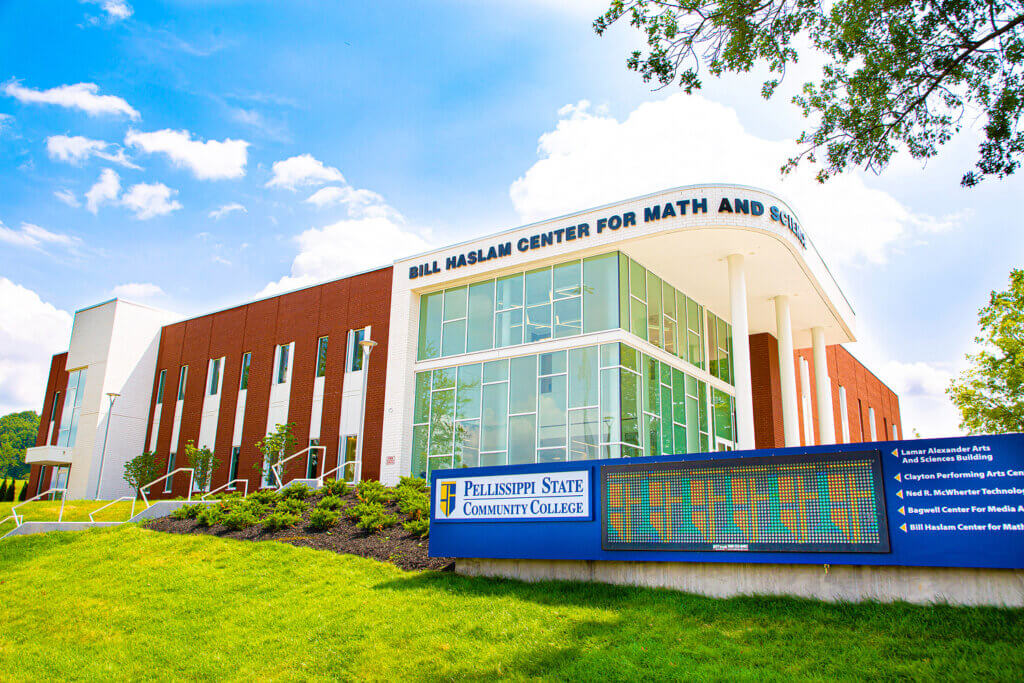From in-person learning environments to blended learning and fully remote offerings, the bar for higher education institutions has been raised, and students are now looking for offerings that meet their individual needs.
This blog outlines trends higher education institutions should keep in mind regarding what online students are looking for in their learning experience.
1. Continuing to Offer Online Courses is Not Optional
Online learning is one of the fastest growing areas of education. This year, the United States is expected to bring in $87.51 billion in revenue from online learning alone, and this learning medium is anticipated to reach a total of 82.7 million users by 2028, according to research by Statista. The reason is simple enough: online courses offer students the flexibility they need in their education.
With the demand growing, it is important that universities and institutions alike focus on developing a strategic plan for how they will expand and support an online learning environment. Availability and accessibility of course content is a must, as well as the tech support needed so students and instructors can have the best environment possible in their online educational journey.
2. Data-Driven Environments Can Transform Education
The use of data in higher education plays an outsized role in enrollment and retention efforts. While this may not be on a student’s list of what they are looking for in a university, the responsiveness and personalized learning a university can deliver as a result of this are a priority for learners.
“Traditionally, students have found camaraderie and collaborative environments with classmates in common spaces like the dining hall, library, or the quad.”
Data and analytics also can help faculty and staff identify students who may be at risk of falling behind or struggling academically, allowing for early intervention and targeted support services. This can help prevent students from becoming disengaged or dropping out.
Data can also be leveraged to recognize consistent or trending pain points for courses or certain aspects of a course, which can allow professors and instructors to adjust their approach, ancillary materials, and support provided.
3. A User-Friendly LMS is Critical
Regardless of whether students are taking an in-person course or a course that is fully online, a high-quality learning management system (LMS) is a must for developing and distributing content.
More importantly, the technology that is integrated into the LMS matters. It is crucial for students to be able to access course content online seamlessly. This enables students to have access to any course materials needed in a central location and access to those items no matter the device used.
A strong LMS also has the ability to create an environment where communication and collaboration can take place despite students being in different locations. It also gives instructors the opportunity to integrate videos, in-video quizzes, and gamification into course content to ensure that the learning environment is just as interactive online as it is in person.
4. Incorporate Virtual Spaces for Collaboration and Connection
Traditionally, students have found camaraderie and collaborative environments with classmates in common spaces like the dining hall, library, or the quad. For online students this space no longer exists in the way it has traditionally. Instructors and higher-ed leaders are now looking to recreate these spaces in a virtual setting. 
This could be done through virtual programming and could even include student clubs and activities to incorporate into their online experience. Institutions also have the opportunity to create collaborative online spaces for group projects and study sessions. This promotes social interaction, community building, peer learning, and has other positive benefits in creating a sense of belonging for students who aren’t on campus each day.









